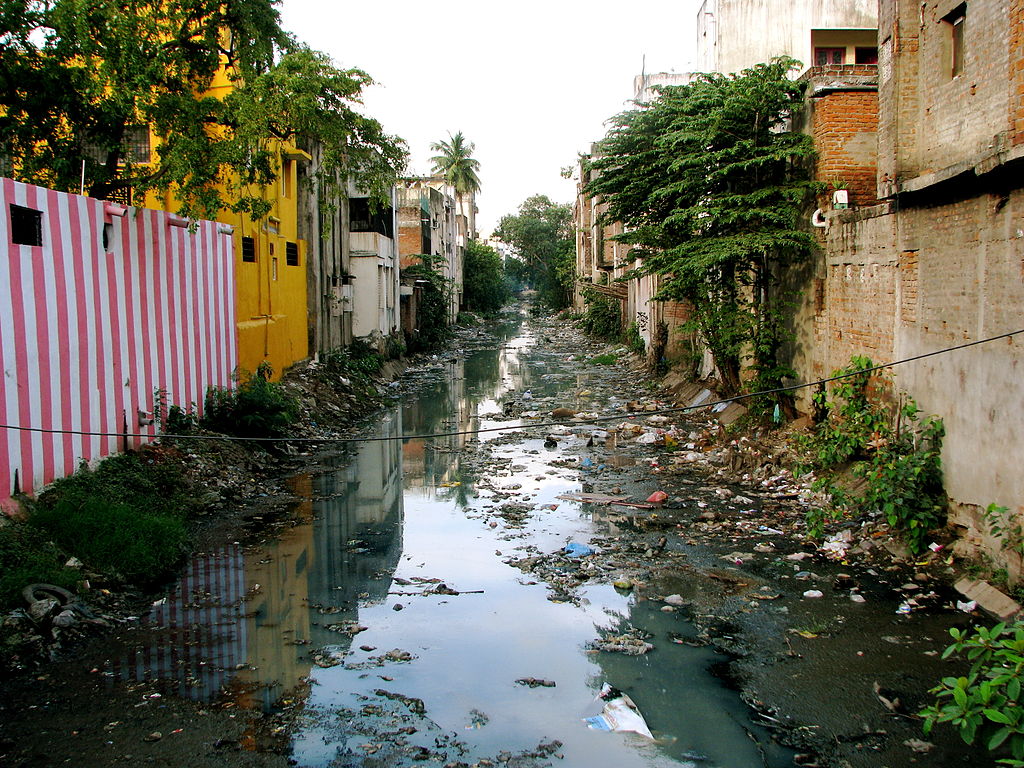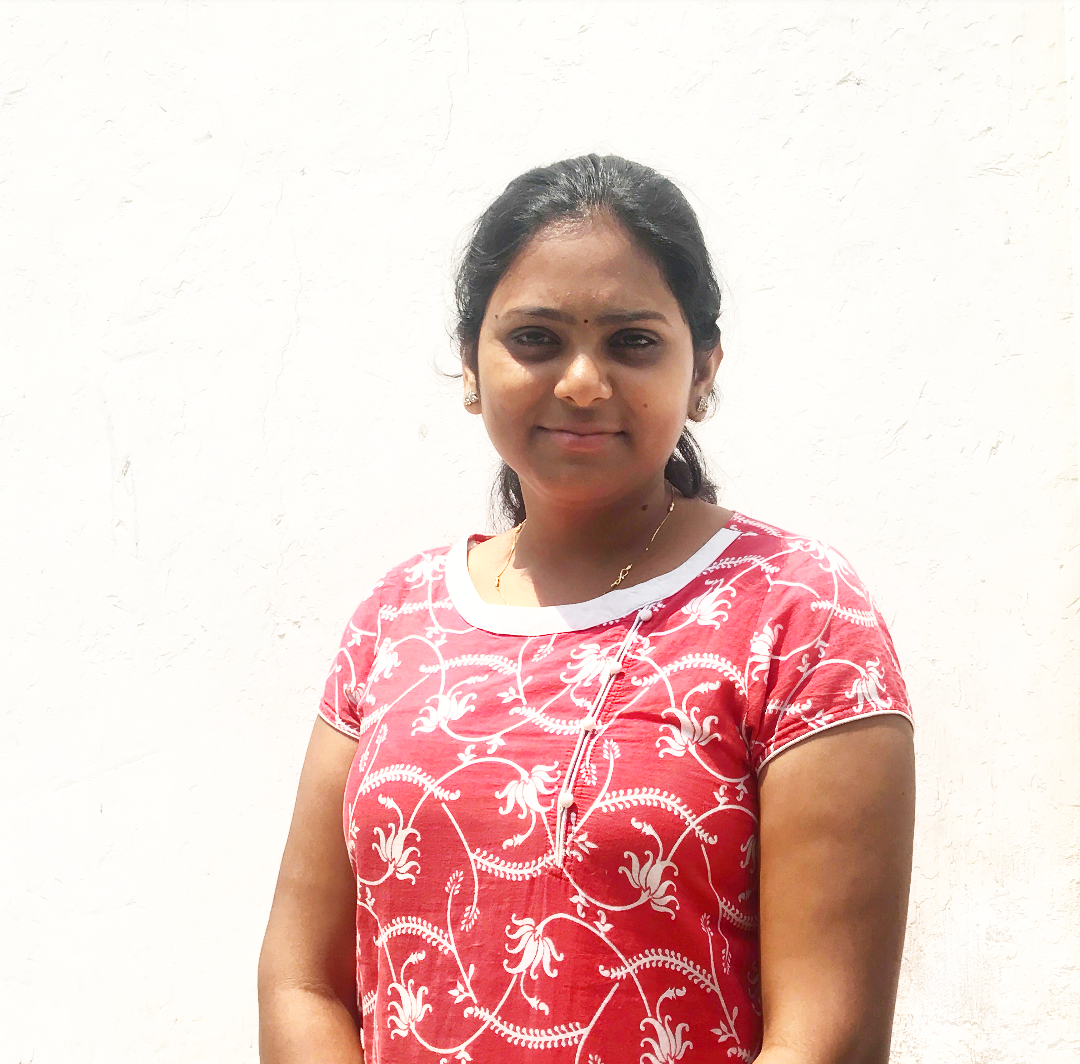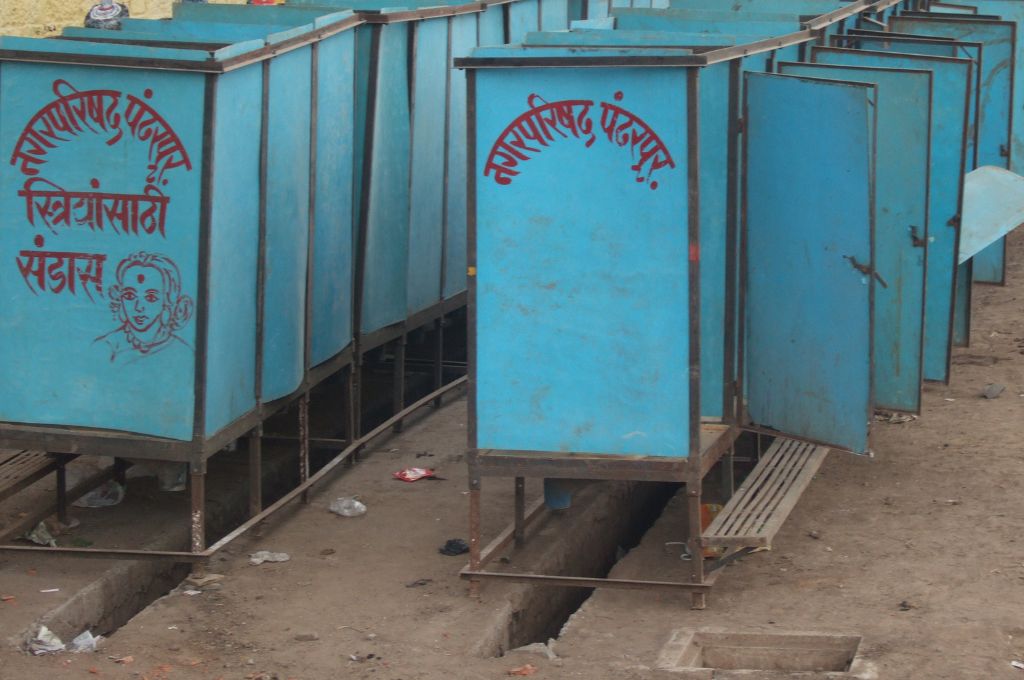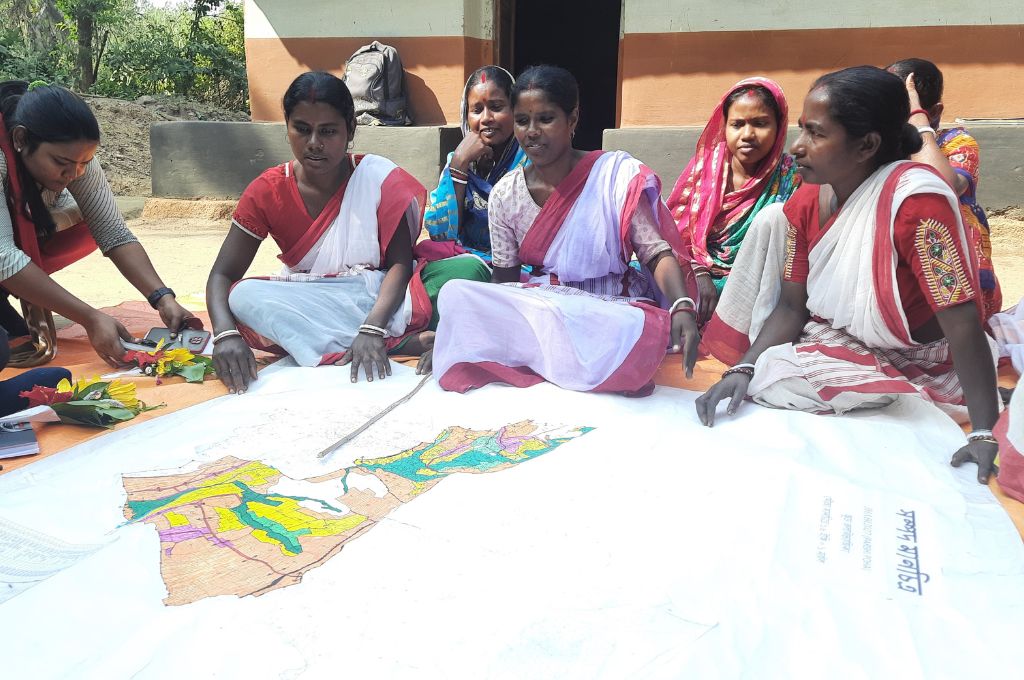Earlier this year, the government of India launched a new Ministry of Jal Shakti with an aim to work on the escalating water crisis in the country. This ministry was born out of merging the Ministry of Water Resources, Ministry of River Development and Ganga Rejuvenation, and the Ministry of Drinking Water and Sanitation.
This new ministry has announced the launch of the Jal Shakti Abhiyan, a large-scale water conservation effort with a five-fold focus: water conservation and rainwater harvesting, renovation of traditional and other water bodies, reuse of water and recharging of structures, watershed development, and intensive afforestation.
One of the immediate aims of the mission is to bring together a multitude of water conservation methods at an individual, city, and state level. For instance, household level water conservation practices, community or city-wide rainwater harvesting, capturing runoff water and treating it, reuse of treated wastewater, and the rejuvenation of water bodies.
Related article: It’s time to re-imagine water systems in cities
Wastewater reuse is integral
The increasing water scarcity India is facing in major cities like Chennai, Bangalore, Delhi, and Hyderabad points to the need to focus efforts on wastewater reuse, which falls under the purview of sanitation efforts.
Wastewater is any used water originating from domestic use, such as black water (wastewater from toilets, usually containing pathogens); and grey water (water from bathroom sinks, showers, tubs, washing machines, and kitchens). Currently, this water is captured through an underground drainage system and then conveyed to a centralised treatment plant. Once the water is treated, it, along with some of the untreated wastewater, is discharged into an open drain, or in a nearby lake.
India treats less than 30 percent of all faecal sludge generated. And even the little that does get treated is not being effectively reused.
India treats less than 30 percent of all faecal sludge—a mix of black water and excreta—generated. And even the little that does get treated, if then discharged into open drains or water bodies, is not being effectively reused.
Recycled water can satisfy most water demands, as long as it is adequately treated to ensure the water quality is appropriate for the use it is intended for. For example, recycled water can be used for non-potable purposes such as landscaping, watering public parks, and construction activities. It can also be used in industries such as textiles, power plants, paper mills, and oil refineries.
Reusing wastewater in the ways mentioned above, would drastically reduce undue stress on our water tables.
Leveraging sanitation infrastructure for water conservation
Converging the Swachh Bharat Mission with the Jal Shakti Abhiyan has the potential to impact how much water we are able to treat and reuse in a large way. Today, large parts of the country do not have underground drainage systems that connect directly to a treatment plant.
More than 60 percent of urban households are dependent on on-site sanitation systems such as septic tanks, which require safe emptying, transportation, and treatment of the faecal sludge collected. If we were therefore able to effectively treat both sewage from underground drainage systems and faecal sludge from septic tanks, we would have an immense opportunity to reuse wastewater.
Plus, given that the infrastructure for urban sanitation systems is already in place, reusing wastewater from the treatment plants is a low-hanging fruit.

Converging the Swachh Bharat Mission with the Jal Shakti Abhiyan has the potential to impact how much water we are able to treat and reuse in a large way. | Photo courtesy: Wikimedia Commons
What needs to happen at a city-level in order to reuse treated wastewater?
There are currently three treatment systems that are used for treating wastewater and faecal sludge:
This treats ‘grey water’, which is essentially the water coming from your toilet, as well as water from your kitchen and bathroom (sinks and showers). Houses which are connected to STPs are connected through an underground drain. All the water goes into the drain, which leads to a plant, where it is treated, and can then be reused.
This is a stand-alone treatment plant that treats faecal waste, or sludge collected from on-site sanitation system. It separates the solid and liquid components and treats them to prescribed standards for safe disposal and reuse.
This is the convergence of STPs with faecal sludge treatment. Here, a small facility is designed that can hold faecal matter, and installed at the inlet of the existing STP. The facility acts as a holding tank for sludge that is collected from households and neighborhoods, and screened to remove objects such as rags, paper, plastic, etc. Post-screening, the sludge makes its way into the inlet chamber of the STP where it gets mixed with the wastewater coming from the underground drain and gets treated.
Currently, there are 816 STPs in India and most of them are operating below optimal capacity utilisation level. Each STP has a treatment capacity of about 23,277 million litres per day (MLD), despite this, approximately only 18,883 MLD of sewage is treated.
Related article: Building long-term sanitation solutions
In our experience in Hyderabad, Tirupati, and Anakapalle (Andhra Pradesh), we have found that in the cities that have a mix of underground sewerage and on-site sanitation systems, converting STPs to co-treatment plants offers a considerable advantage in terms of both cost, and water quality and reuse.
Co-treatment is a promising strategy for many cities with large sewage treatment plants that have spare capacities.
For instance, having just four STPs converted to co-treatment facilities in Hyderabad, prevented approximately 900 trucks of faecal sludge from being deposited in natural bodies of water over a period of five months. This has increased the efficiency and utilisation rate of the STP treatment while providing large quantities of treated wastewater to the city.
To put costs into perspective, converging an existing STP with a co-treatment facility cost us INR 10 lakhs for 10 kilo litre per day unit. The combined treatment facility also offers the added advantage of a lower land and human resources requirement.
The challenges with doing this at scale:
To effectively convert STPs to co-treatment plants, we need thorough documentation of every STP—where they are located, what their treatment quality is, what capacity they are functioning at, and so on. Once this is ready, we will get a sense of how best a holding facility can be added to each, and what it would entail.
Faecal sludge generated from households and commercial establishments is collected without following safety procedures by unregulated private de-sludging operators and finally disposed indiscriminately into water bodies or open spaces causing faecal pollution with significant risk to public health and the environment. Private sector de-sludging operators who work on the collection of waste need to be regulated and brought into a formal structure. We also need to bring in quality standardisation systems through licensing the operators, along with schedules and capabilities for regular maintenance of each plant.
The biggest challenge is not the technology but making the faecal sludge reach the facility that has been set up for treatment. For this to happen, there needs to be standard record keeping (for example, of the sludge they collect and where they deposit it, which is then shared with the customer and the city). This is important because it regularises the truck operators and restricts them from disposing the waste into water bodies and also ensures that no industrial or hazardous waste is brought into the STP. For this to happen, operators need to be trained in a variety of areas, from septage management to the standard operating procedures for emptying septic tanks, to the proper usage of Personal Protective Equipments (PPE).
Solving for the above three challenges will help ensure that the waste reaches the co-treatment plant rather than being dumped in nearby rivers or lakes, which is often the current practice.
Co-treatment is a promising strategy for many cities with large STPs that have spare capacities. Currently, several cities are constructing new STPs under the AMRUT programme. With minor design changes, these can be converted into co-treatment facilities, which have the potential to generate wide-ranging public health and environmental benefits.





